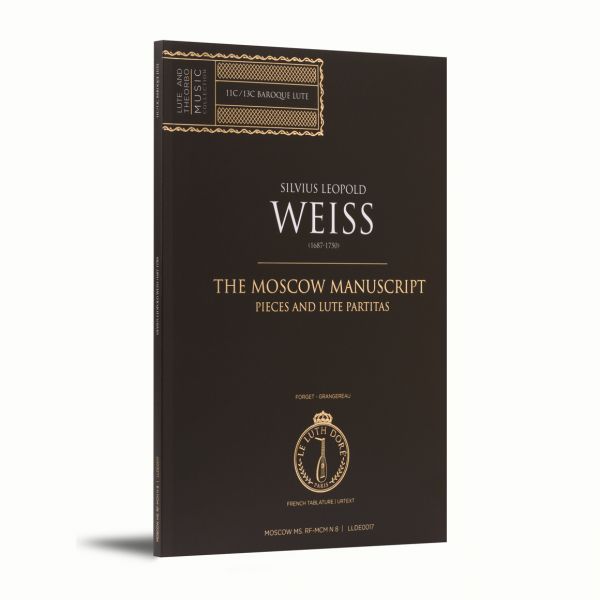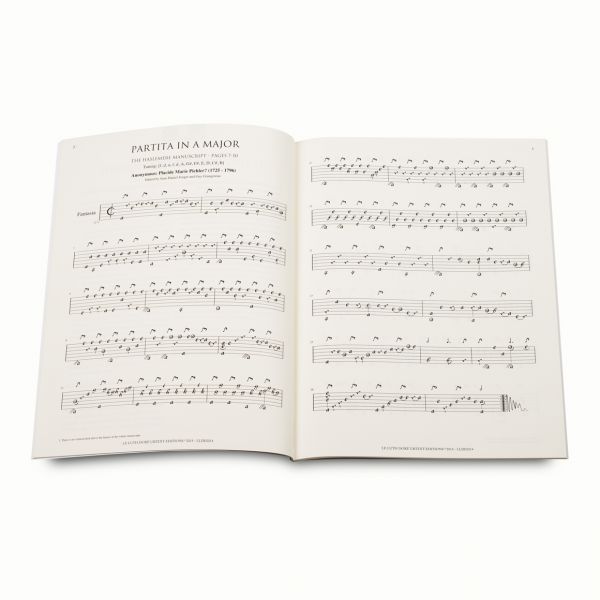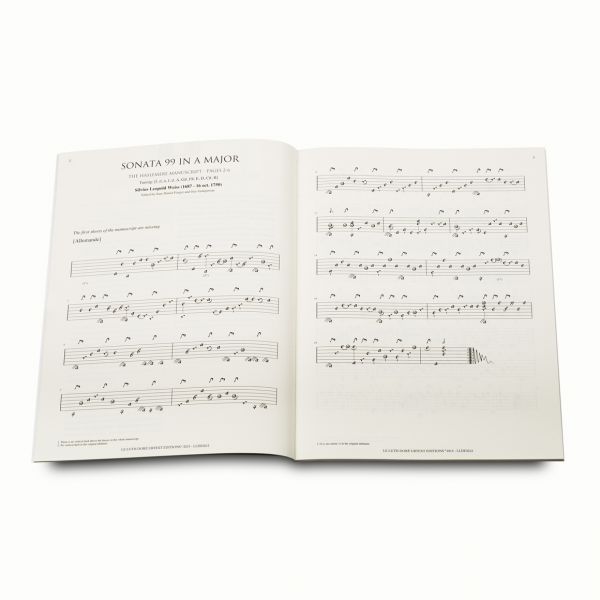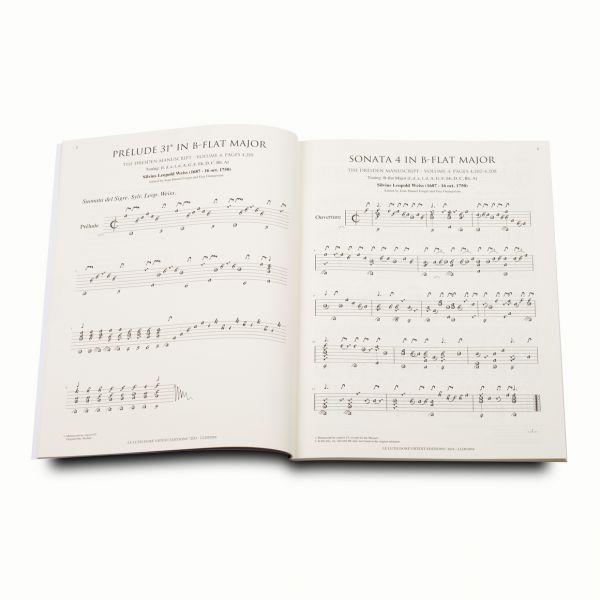Suite in B-flat Major
Preludium de Reusner
Sonatina de R.
Allemanda de R.
Courant de R.
Sarabanda de R.
Aria de R.
Gigue de R.
Suite in B-flat Major
Allemanda de R.
Courant de R.
Sarabanda de R.
Gigue de R.
Suite in B-flat Major
Allemanda de R.
Courant de R.
Gavotte de R.
Sarabanda de R.
Canarie de R.
Ciacona de R.
Suite in B-flat Major
Allemanda de R.
Courant de R.
Sarabanda de R.
Gavotte de R.
Gigue de R.
Suite in C minor
Allemanda de R.
Courant de R.
Sarabanda de R.
Gavotte de R.
Gigue de R.
Suite in F Major
Allemanda de R.
Courant de R.
Sarabanda de R.
Ballett de R.
Gigue de R.
Suite in D minor
Allemanda de R.
Courant de R.
Sarabanda de R.
Aria de R.
Gigue de R.
Allemanda de R.
Courant de R.
Sarabanda de R.
Aria de R.
Gigue de R.
Suite in G minor
Allemanda de R.
Courant de R.
Sarabanda de R.
Ballett de R.
Gigue de R.
Suite in G Major
Allemanda de R.
Courant de R.
Sarabanda de R.
Aria de R.
Gigue de R.
Suite in A minor
Allemanda de R.
Courant de R.
Sarabanda de R.
Aria de R.
Gigue de R.
Suite in A Major
Allemanda de R.
Courant de R.
Sarabanda de R.
Gavotte de R.
Gigue de R.
Suite in D Major
Sonatina de R.
Allemanda de R.
Courant de R.
Sarabanda de R.
Gavotte de R.
Gigue de R.
Passagalia de R.




















































